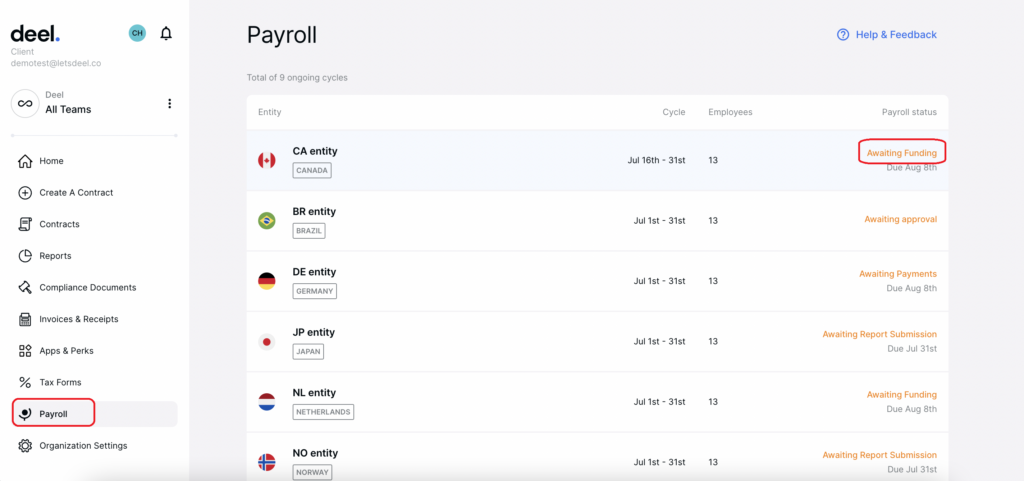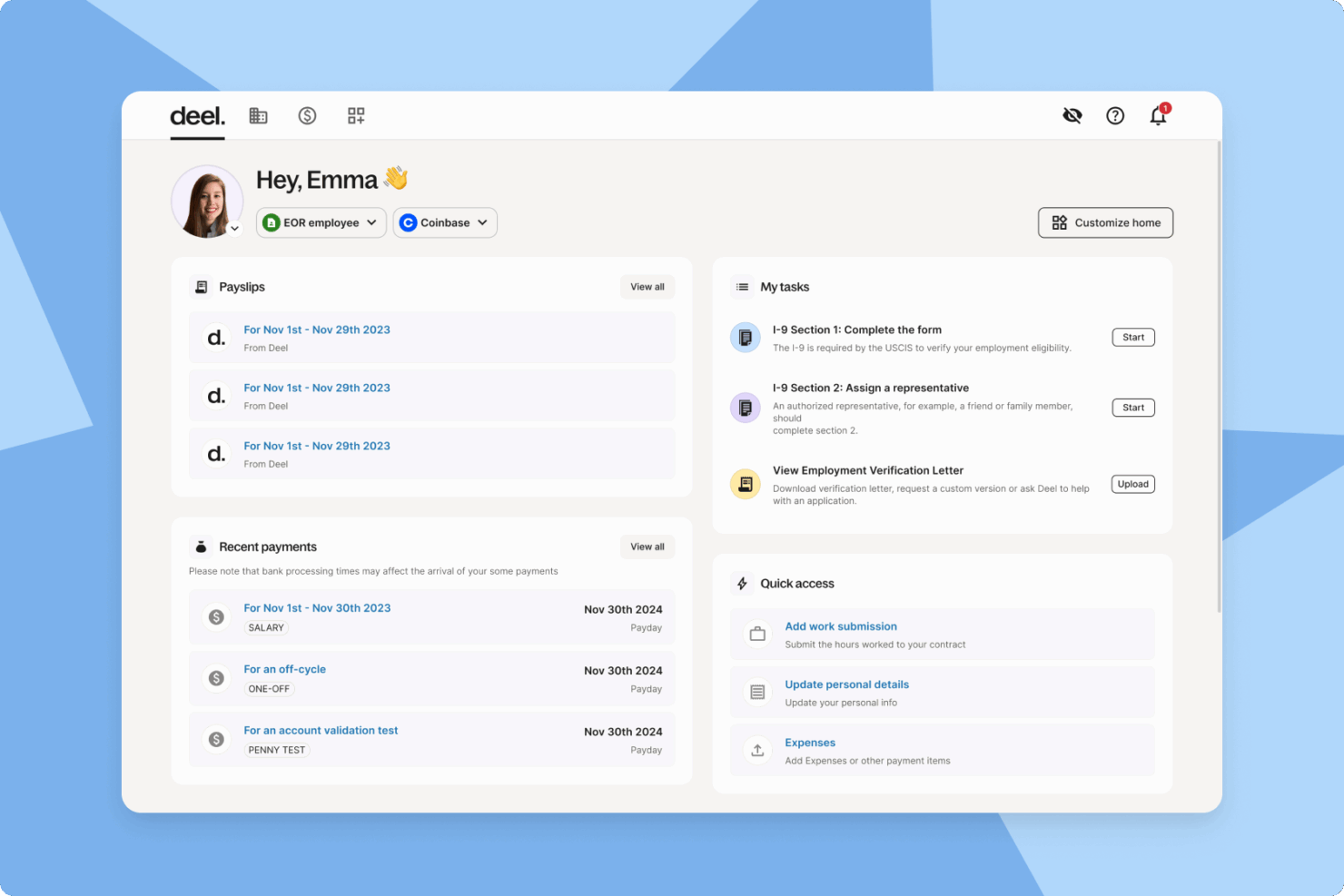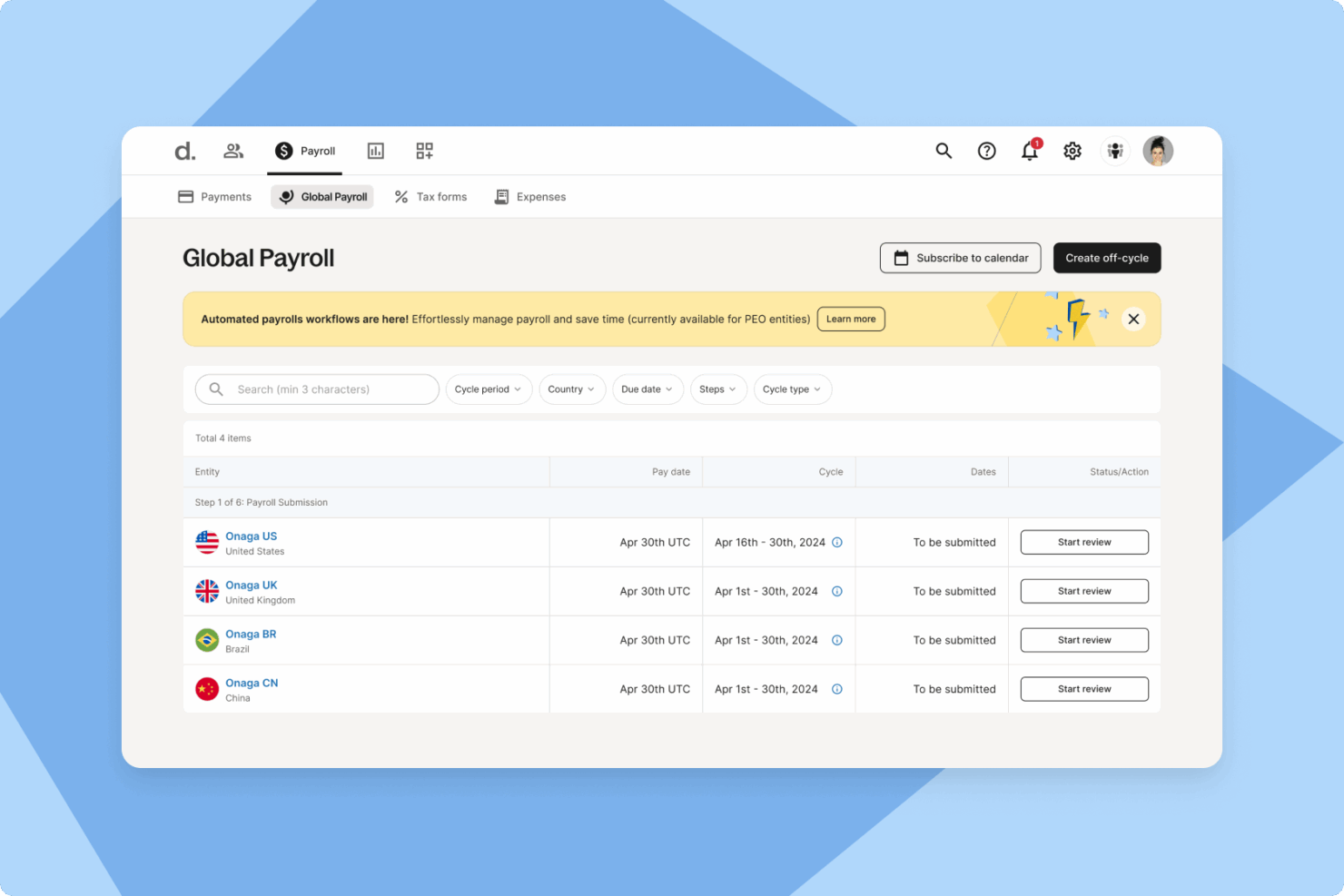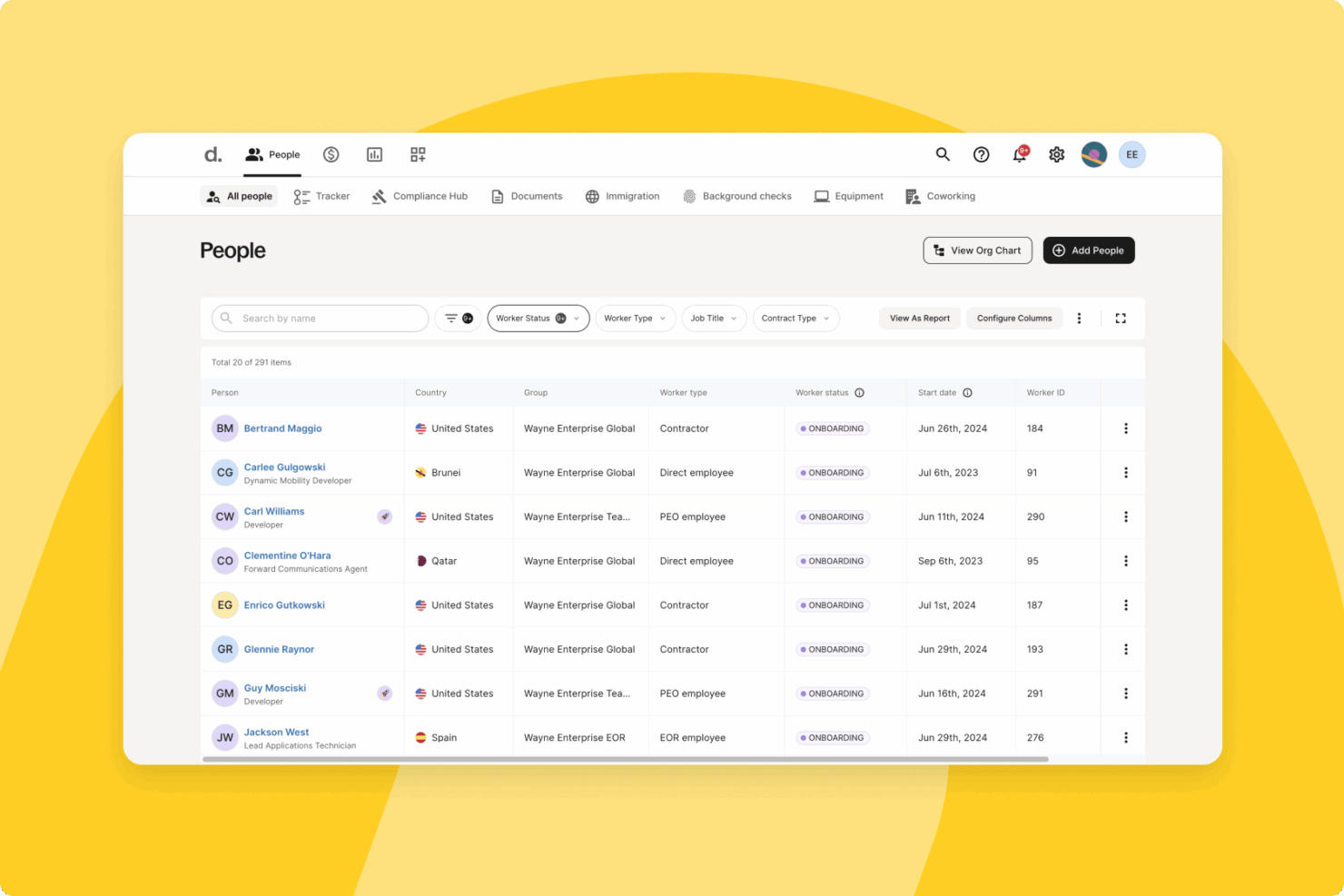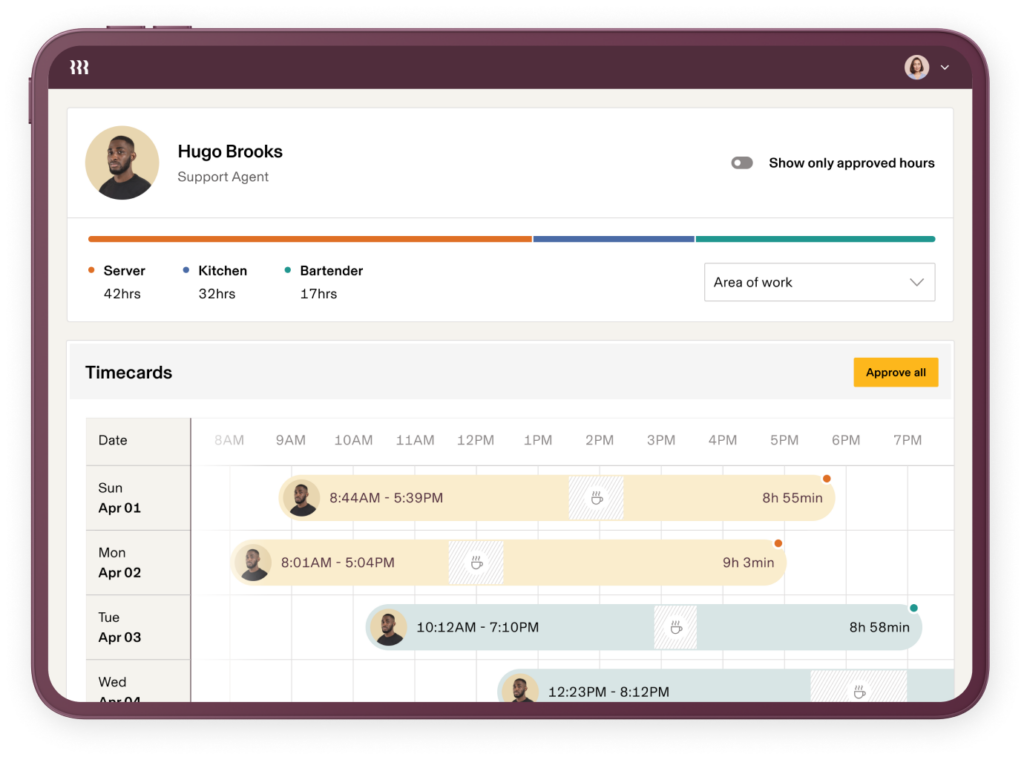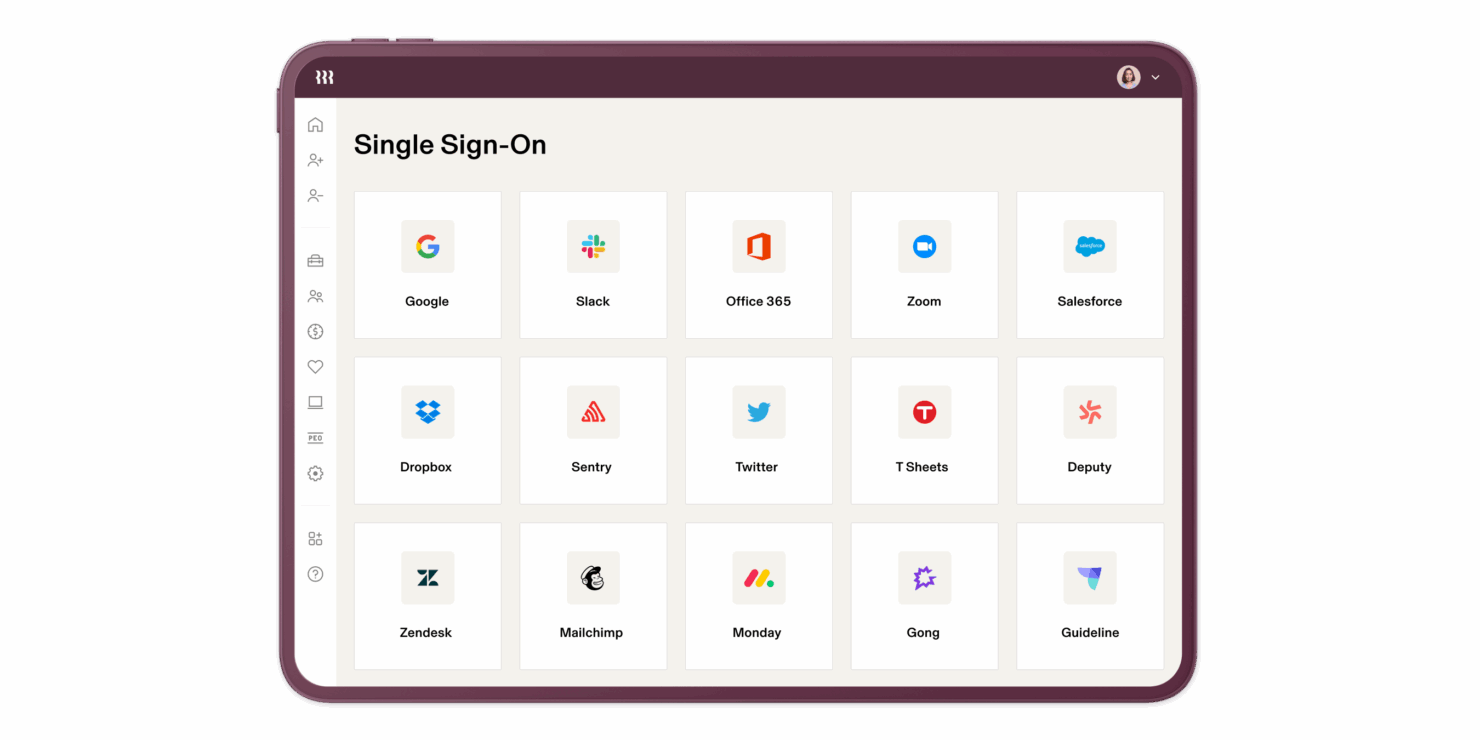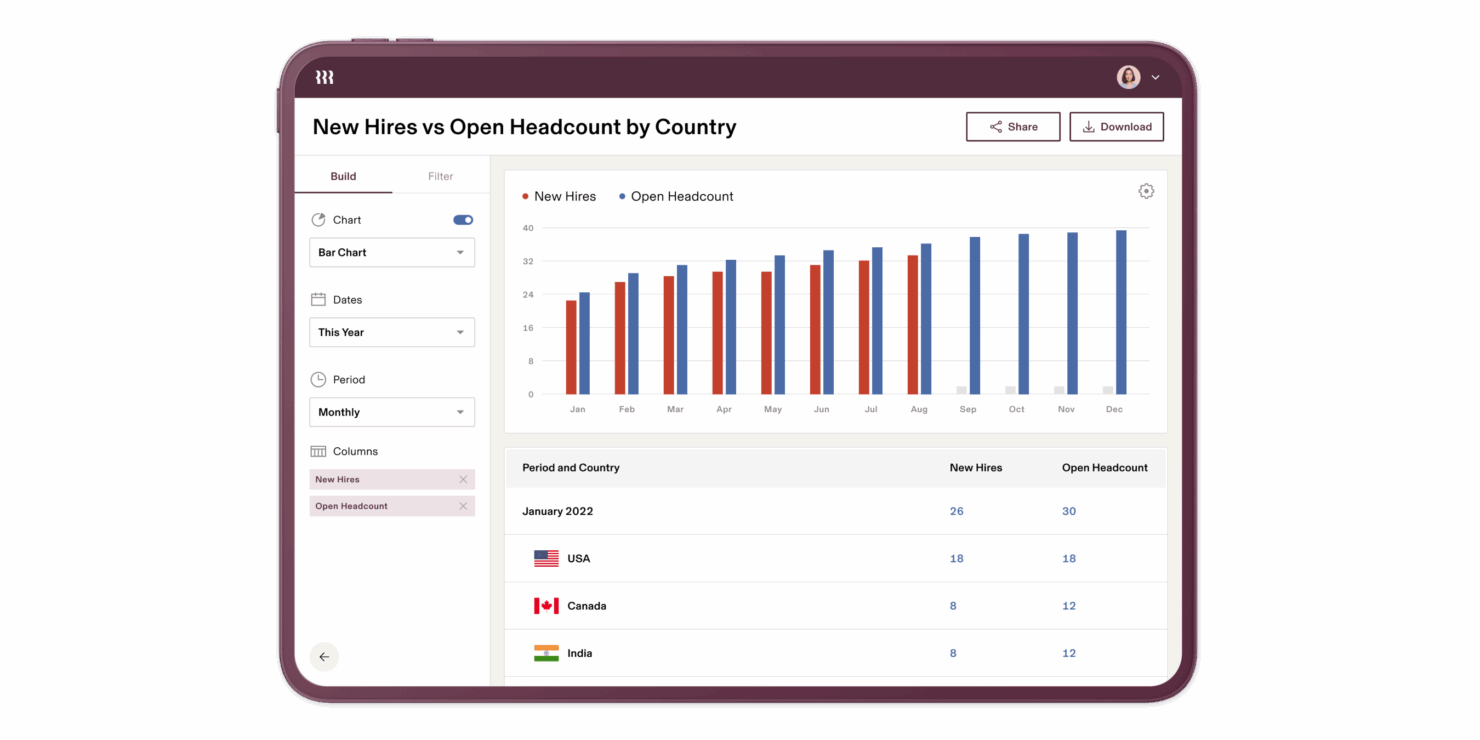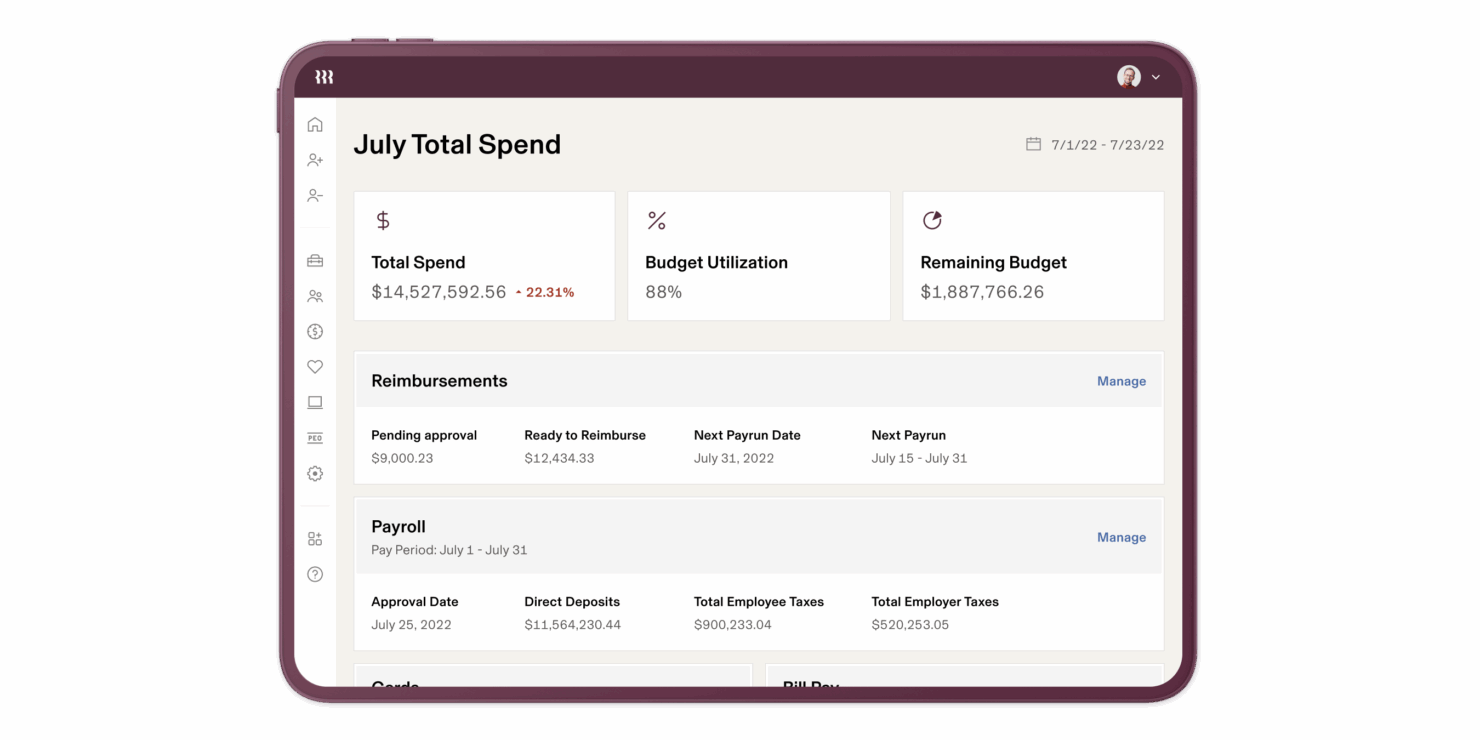

Deel vs. Rippling: Comparison & Expert Reviews For 2025
Deel offers a straightforward solution for managing your global workforce, while Rippling provides a versatile approach to handling international teams. The main difference between Deel and Rippling lies in their approach to integration and customization.
In this article, you'll find a comparison of these tools, exploring their features, pros and cons, pricing, and more, as you consider the best global workforce management platform and EOR service provider for your needs.
Deel vs. Rippling: An Overview
Why Trust Our Software Reviews
Deel vs. Rippling Pricing Comparison
| Deel | Rippling | |
|---|---|---|
| Free Trial | Free trial + demo available | Free demo available |
| Pricing | From $29/month | From $8/user/month (billed annually) |
Get free help from our project management software advisors to find your match.
Get Expert AdviceOpens new windowDeel vs. Rippling Pricing & Hidden Costs
Deel pricing is based on a per-contractor or per-employee model, with potential hidden costs in compliance and currency conversion fees.
Meanwhile, Rippling’s pricing follows a modular approach, where you pay per user and for each additional service, which might add unforeseen expenses.
To choose the right pricing for your needs, assess the specific features you require and how they align with the cost structure of each platform. Consider the scalability of the pricing model and any potential for hidden fees to confirm whether it fits with your team’s growth plans and financial strategy.
Deel vs. Rippling Feature Comparison
With Deel’s global payroll and compliance tools, you can easily manage international hires and ensure legal compliance, which is invaluable when onboarding remote teams.
Rippling’s automation capabilities streamline HR tasks like payroll processing and onboarding, making it ideal for businesses with complex HR needs.
While Deel is perfect for managing compliance across borders, Rippling excels in automating and integrating multiple HR functions.
| Deel | Rippling | |
|---|---|---|
| 2-Factor Authentication | ||
| 360 Degree Feedback | ||
| API | ||
| Application Tracking | ||
| Attendance Tracking | ||
| Batch Permissions & Access | ||
| Compliance Tracking | ||
| Contract Management | ||
| Dashboard | ||
| Data Export | ||
| Data Import | ||
| Data Visualization | ||
| Database Search | ||
| Document Management | ||
| Employee Database | ||
| Employee Engagement | ||
| Employee Incentive Management | ||
| Employee Onboarding | ||
| Employee Training | ||
| Expense Tracking | ||
| External Integrations | ||
| Feedback Management | ||
| HRIS Integration | ||
| Mobile App | ||
| Multi-Currency | ||
| Multi-User | ||
| Notifications | ||
| Password & Access Management | ||
| Payroll | ||
| Performance Appraisal | ||
| Report & Compliance | ||
| Risk Assessment | ||
| Scheduling | ||
| Tax Management | ||
| Time Management | ||
| Timesheets | ||
| Travel Management | ||
| Vacation & Absence Calendar |
Get free help from our project management software advisors to find your match.
Get Expert AdviceOpens new windowDeel vs. Rippling Integrations
| Integration | Deel | Rippling |
| QuickBooks | ✅ | ✅ |
| Xero | ✅ | ✅ |
| PayPal | ✅ | ❌ |
| Wise | ✅ | ❌ |
| Expensify | ✅ | ✅ |
| TSheets | ✅ | ❌ |
| Clockify | ✅ | ❌ |
| BambooHR | ✅ | ✅ |
| API | ✅ | ✅ |
| Zapier | ❌ | ✅ |
With Deel's integration with QuickBooks, you can effortlessly sync payroll data, which is critical for maintaining accurate financial records in a fast-paced business environment.
Similarly, Rippling's Zapier integration is great for automating repetitive tasks across different apps, making it ideal for teams looking to enhance productivity through custom workflows.
While Deel simplifies finance management, Rippling offers flexibility in automating tasks across various platforms.
Deel vs. Rippling Security, Compliance & Reliability
| Factor | Deel | Rippling |
| Data Privacy | Uses advanced encryption to protect personal data and complies with GDPR standards. | Ensures data privacy with encryption and adheres to industry standards like GDPR. |
| Regulatory Compliance | Offers built-in compliance checks for hiring across different countries. | Provides compliance management tools to meet local regulations globally. |
| System Reliability | Maintains high uptime with cloud-based infrastructure and regular updates. | Establishes reliability through robust cloud services and continuous monitoring. |
Deel and Rippling both offer strong security and compliance measures, but their approaches differ in handling international regulations. To evaluate these platforms, assess the specific security needs of your workforce, such as encryption standards and compliance tools, and prioritize those that align with your team's operational regions.
Deel vs. Rippling Ease of Use
| Factor | Deel | Rippling |
| User Interface | Has a simple, intuitive interface with clear navigation for quick task completion. | Features a sleek, modern interface that's visually engaging and easy to navigate. |
| Onboarding Experience | Provides step-by-step guides to help you smoothly onboard new hires. | Offers automated onboarding workflows that simplify the process for HR teams. |
| Setup Process | Straightforward setup that allows you to start managing teams quickly. | Requires more initial setup but offers detailed configuration options. |
| Support | Offers responsive customer support via chat and email for quick issue resolution. | Provides comprehensive support with live chat, email, and a robust help center. |
Deel is praised for its straightforward setup and intuitive interface, making it easy to manage teams without a steep learning curve. However, Rippling stands out with its comprehensive onboarding tools and visually appealing design, though it requires more time initially to configure.
Deel vs Rippling: Pros & Cons
Deel
- Built-in legal and tax compliance tools make international hiring less risky for your business.
- It simplifies contractor and employee payments in over 120 currencies, reducing administrative hassle.
- Deel excels in managing global payroll and compliance, ensuring your team adheres to local labor laws.
- It lacks full HRIS functionality, focusing heavily on payroll and contractor management.
- Customization of reports and workflows is limited compared to more robust HR systems.
- Deel can be pricey for small teams or startups with limited hires.
Rippling
- Users find the interface intuitive and easy to navigate.
- The platform is highly scalable, making it ideal for growing businesses.
- Rippling automates administrative tasks, saving your team time and reducing errors.
- Rippling does not offer dedicated account managers.
- Customer support can be slow with complex issues.
- New users face a steep learning curve due to its extensive functionality.
Best Use Cases for Deel and Rippling
Deel
- Tech Startups Deel simplifies compliance and payroll for startups aiming to hire talent across borders without establishing local subsidiaries.
- Remote Teams Your remote team can easily manage global payroll and compliance, reducing the administrative burden on HR.
- Consulting Firms Deel’s legal compliance tools are invaluable for consulting firms with international projects and contractors.
- Small to Medium Enterprises SMEs benefit from Deel’s ability to handle diverse currencies and reduce tax compliance risks.
- IT Companies IT companies can leverage Deel’s tools to manage international developers and contractors efficiently.
- Global HR Departments Deel assists HR departments in managing international employee and contractor payments, ensuring compliance with local laws.
Rippling
- Tech Startups Rippling helps tech startups automate HR and IT tasks, saving time for innovation.
- Mid-Sized Enterprises The platform scales well, handling growing teams and complex operations efficiently.
- HR Departments Rippling centralizes HR functions, simplifying payroll and benefits management.
- IT Teams It manages devices and access, making IT operations smoother and more secure.
- Finance Departments Rippling integrates payroll with other financial systems, streamlining financial workflows.
- Remote Teams The platform supports remote work by centralizing tasks and communications.
Get free help from our project management software advisors to find your match.
Get Expert AdviceOpens new windowWho Should Use Deel and Rippling?
In my opinion, Deel is best suited for companies that need to manage international teams with a focus on compliance and straightforward payroll solutions. It's a great choice for startups and small businesses looking for an easy-to-use platform without a lot of setup hassle.
On the other hand, Rippling is ideal for larger organizations that require more comprehensive HR automation and integration capabilities. It's perfect for teams that want to customize their workflows and need a robust system to handle diverse HR tasks.
Differences Between Deel and Rippling
| Deel | Rippling | |
|---|---|---|
| Automation | Automates payroll and compliance tasks for simplicity. | Excels in automating diverse HR functions and workflows. |
| Compliance | Emphasizes compliance with international hiring regulations. | Provides tools for managing compliance but focuses on automation. |
| Integrations | Integrates with financial tools like QuickBooks and PayPal. | Offers broad integrations, including Zapier for custom workflows. |
| Pricing | Uses a per-contractor or per-employee pricing structure. | Employs a modular pricing model where you pay per user and service. |
| User Interface | Offer a simple and intuitive design for easy navigation. | Features a sleek and visually engaging interface. |
| Read Deel ReviewOpens new window | Read Rippling ReviewOpens new window |
Similarities Between Deel and Rippling
| Cloud-Based Access | Deel and Rippling are cloud-based, providing secure, reliable access to your workforce data anywhere. |
|---|---|
| Compliance | Both offer tools to help you stay compliant with local labor laws and regulations. |
| Ease of Use | They have user-friendly interfaces, making it easy for you to navigate and manage HR tasks efficiently. |
| International Coverage | Deel and Rippling support international teams, allowing you to manage employees across different countries. |
| Payroll | Each platform automates payroll tasks, ensuring timely and accurate payments for your team. |
| Read Deel ReviewOpens new window Read Rippling ReviewOpens new window | |


